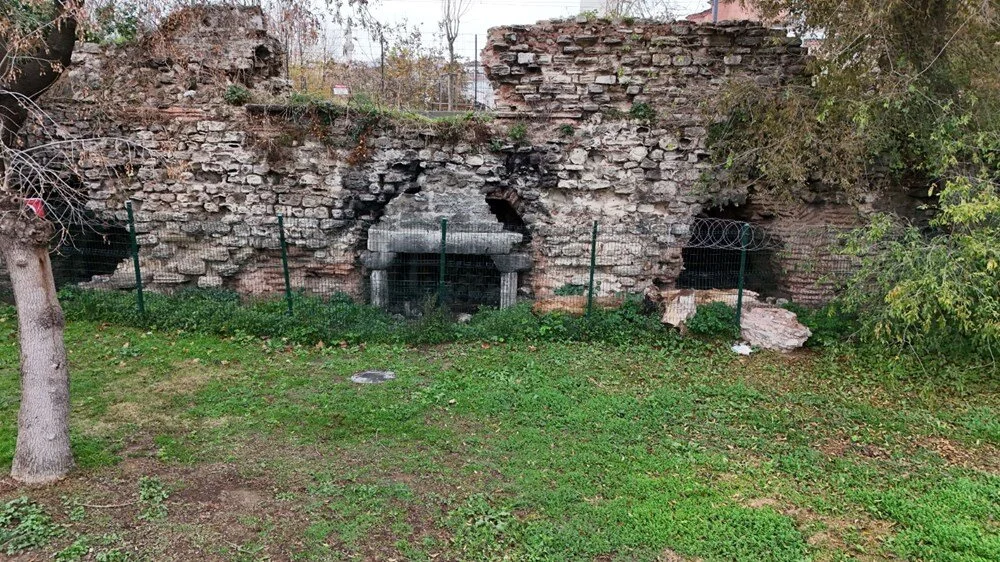
Small Hagia Sophia Poterna from the Eastern Roman Period Buried in the Ground Due to Lack of Maintenance
In the capital of the Eastern Roman Empire, Constantinople (modern-day Istanbul), Emperor Justinian I and his wife Theodora built the Small Hagia Sophia Poterne for security purposes on the sea side of the walls. This historical structure has an estimated history of approximately 1500 years. However, neglect and lack of maintenance have caused it to gradually become buried.
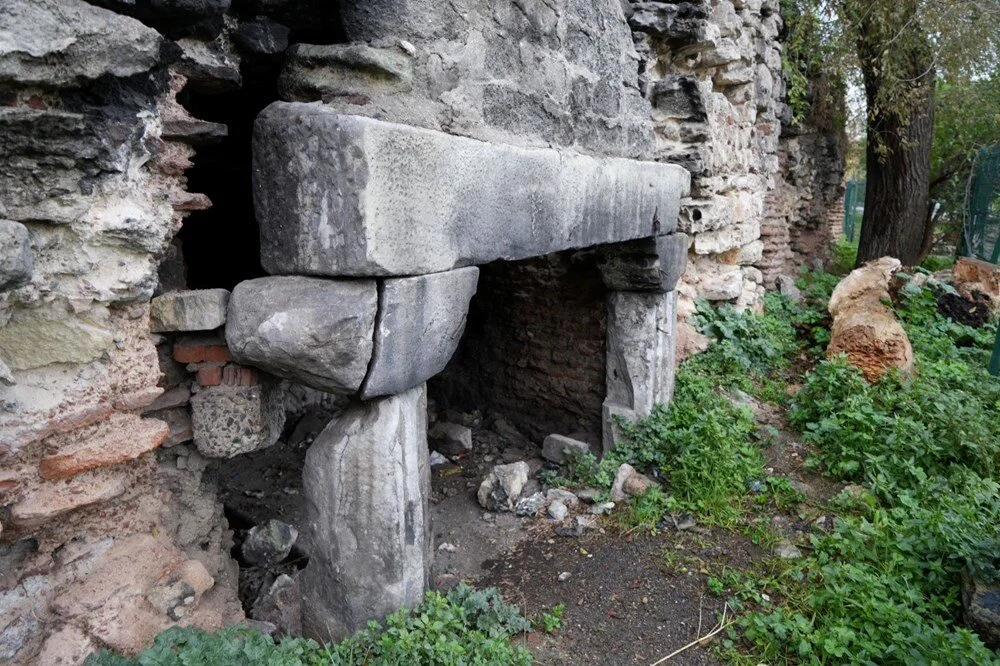
Historical Significance of the Small Hagia Sophia Poterne
The Small Hagia Sophia Poterne, constructed in 526 AD, served as a security measure for the sea side walls of the Church of St. Sergius and Bacchus, which Justinian I and Theodora commissioned. Builders designed the passageway to stand approximately 6 meters above sea level. In case of an adverse situation in the city, people could escape through this gate and board ships that approached the walls. Historians believe that the Small Hagia Sophia Poterne served as an escape route during the conquest of Istanbul.
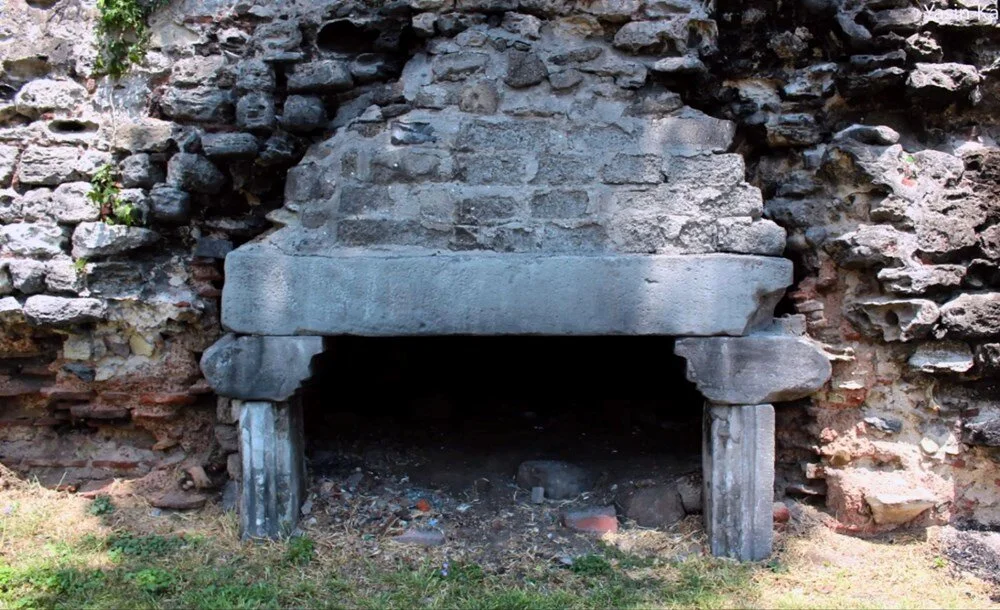
Archaeologist Ömer Faruk Yavaşçay explained, “The poterne stood elevated above the sea, allowing ships to dock directly. When the city faced an adverse situation, the emperor could pass from the church to this gate and board a ship from there. However, now half of it is buried. This place may have been one of the escape points during the conquest of Istanbul.”
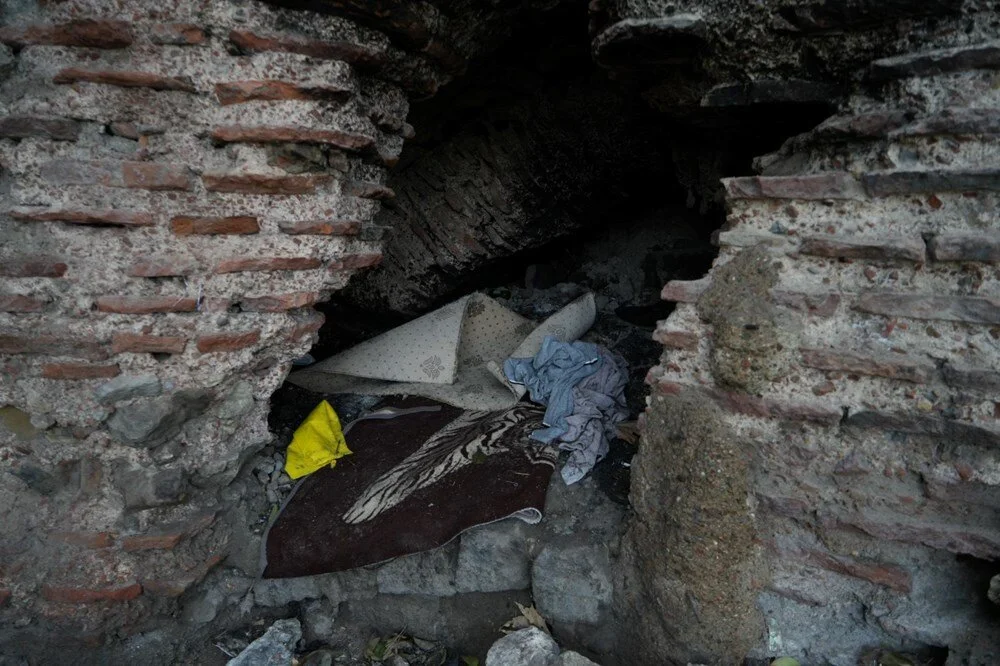
During Sultan Bayezid II’s reign, the Gate Master Hüseyin Ağa converted the Church of St. Sergius and Bacchus into a mosque. The passageway that people accessed through the church did not see use during the Ottoman period. Over time, the filling of the sea caused the forgotten passageway to become buried. Today, drug users and homeless individuals occupy the historical structure, which has fallen into disrepair and filled with trash.
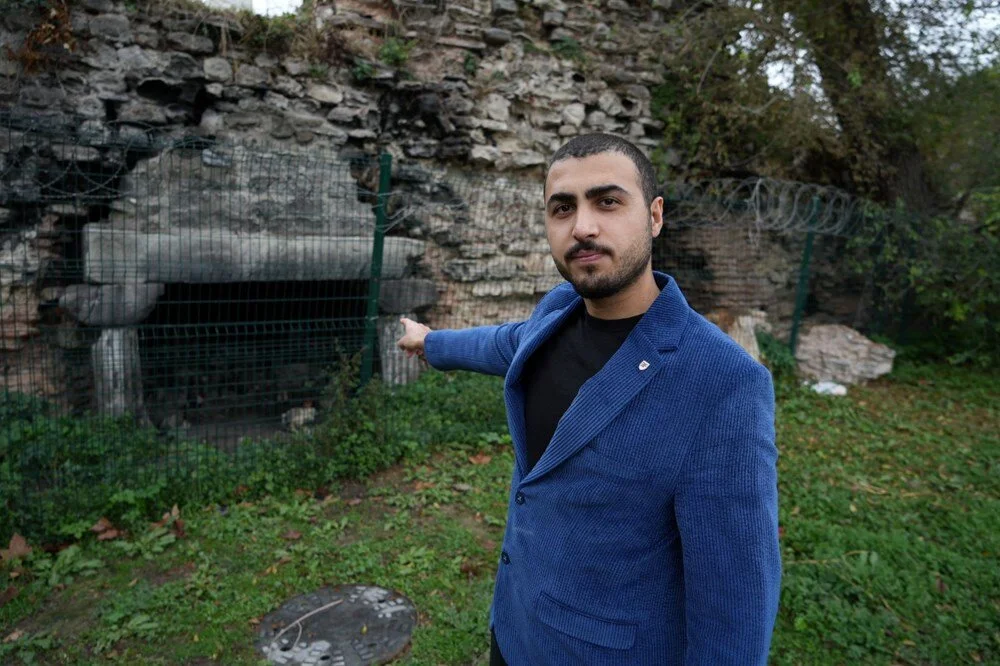
Ömer Faruk Yavaşçay emphasized the need for action: “We must bring the poterne to the surface first. It needs restoration, as the structure and the surrounding walls are in very poor condition. After that, we should make it available for tourism. The Bukoleon Palace was a very prominent structure, but unfortunately, this poterne remains hidden inside. There is a void within the poterne, and it is unclear who enters and exits. People hesitate to come here. I have visited this place several times. When I entered, I found people who remained inside. I had to leave.”
You may also like
- Archaeologists Discover 9,000-Year-Old Temple in Jordan Desert
- Sumerian Birth Certificate: One of History’s Oldest Records
- Archaeologists Uncover Unique Auditorium During Excavations in Sicily
- Astonishing 3,000-Year-Old Cave Paintings Unearthed in Brazil
- Ancient Assyrian Tablets: Science Uncovers 7th Century Writing Techniques
- The Mysterious Goddess of Levent Valley: 2800-Year-Old Hittite Goddess Figurine
- Discovery in Romania Reshapes History of Ancient Dacian Presence
- New Study: Climate Change May Have Played a Role in the Fall of the Roman Empire
- The Dazzling Treasure of Kibyra: The Medusa Mosaic Reopens to Visitors
- Stunning 2,500-Year-Old Settlement Discovered in North Macedonia
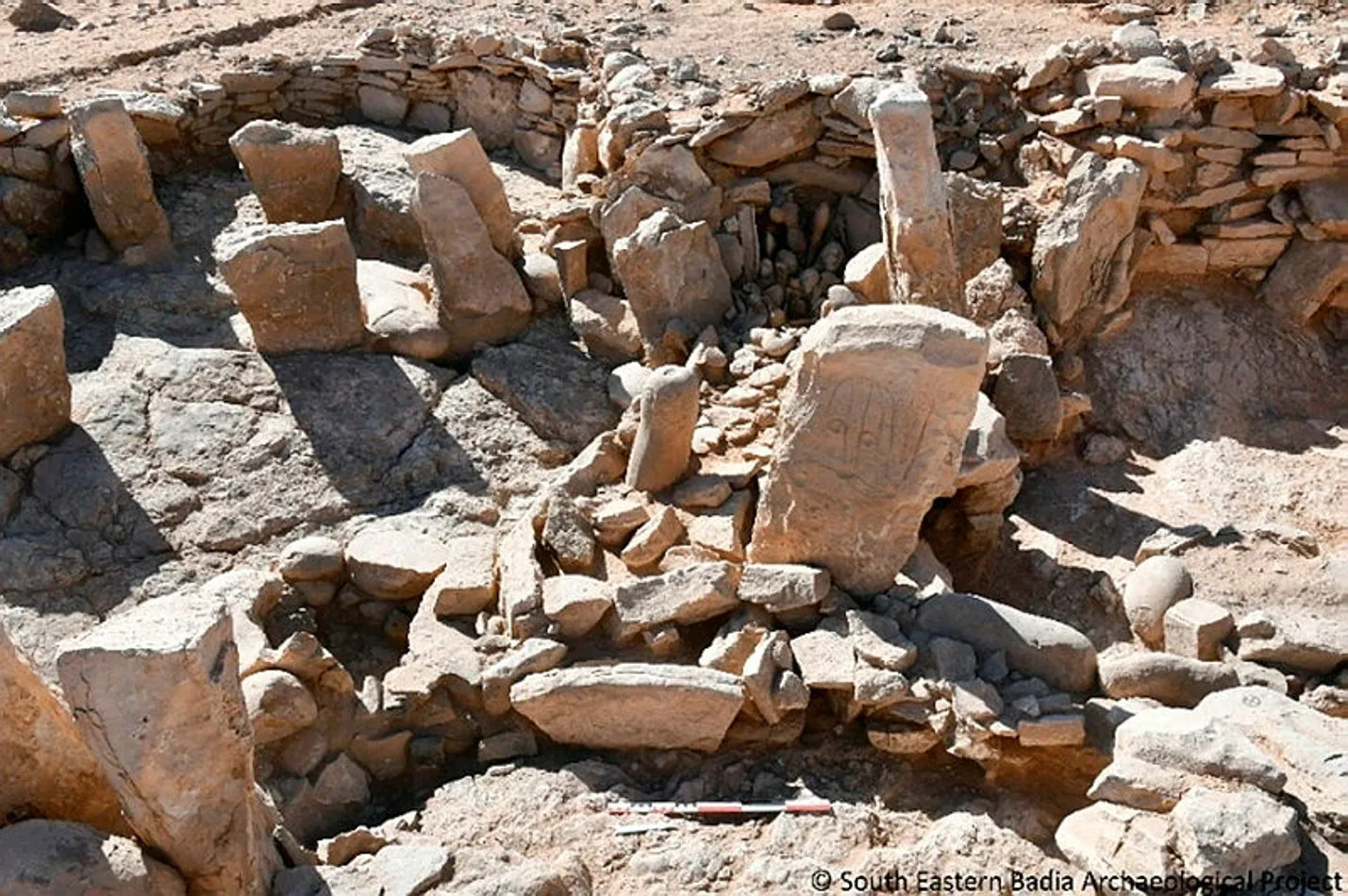
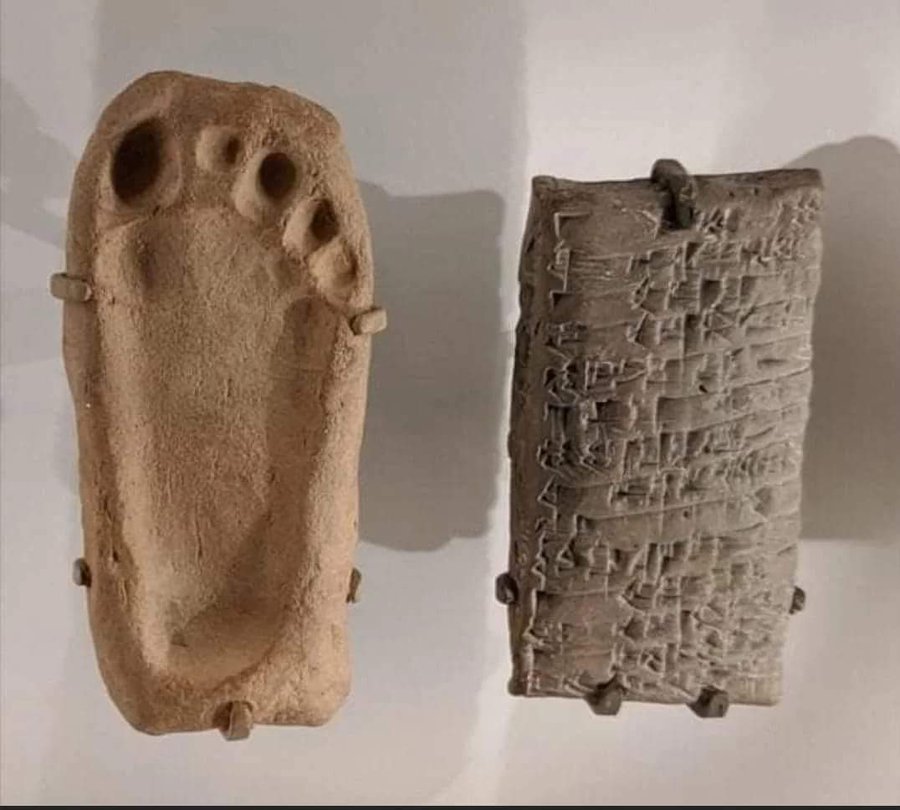
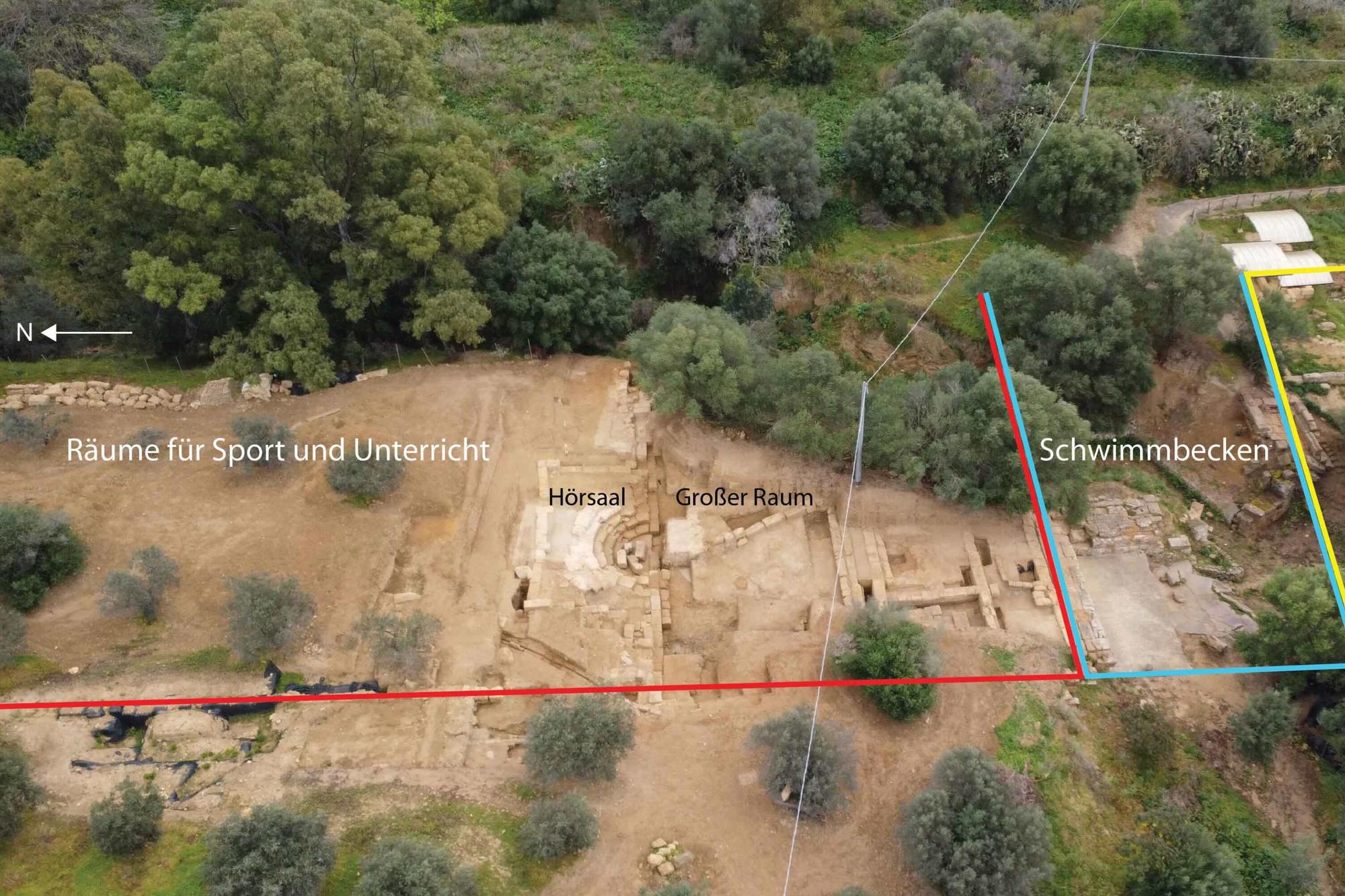
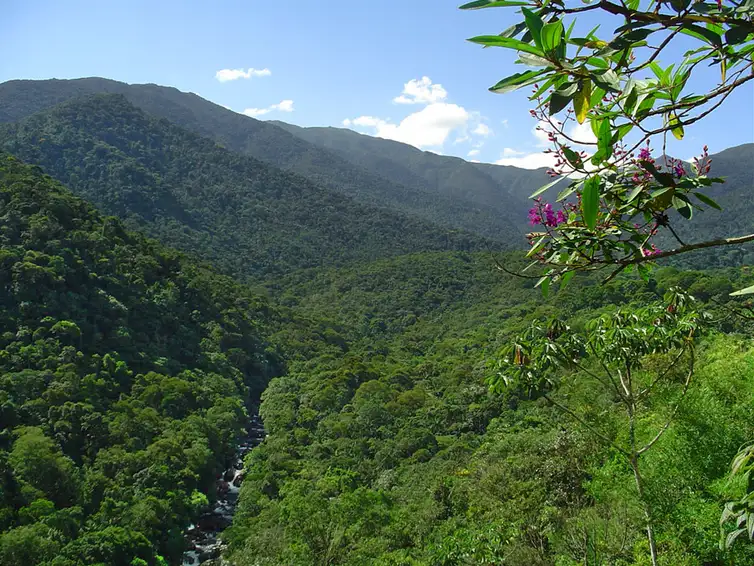
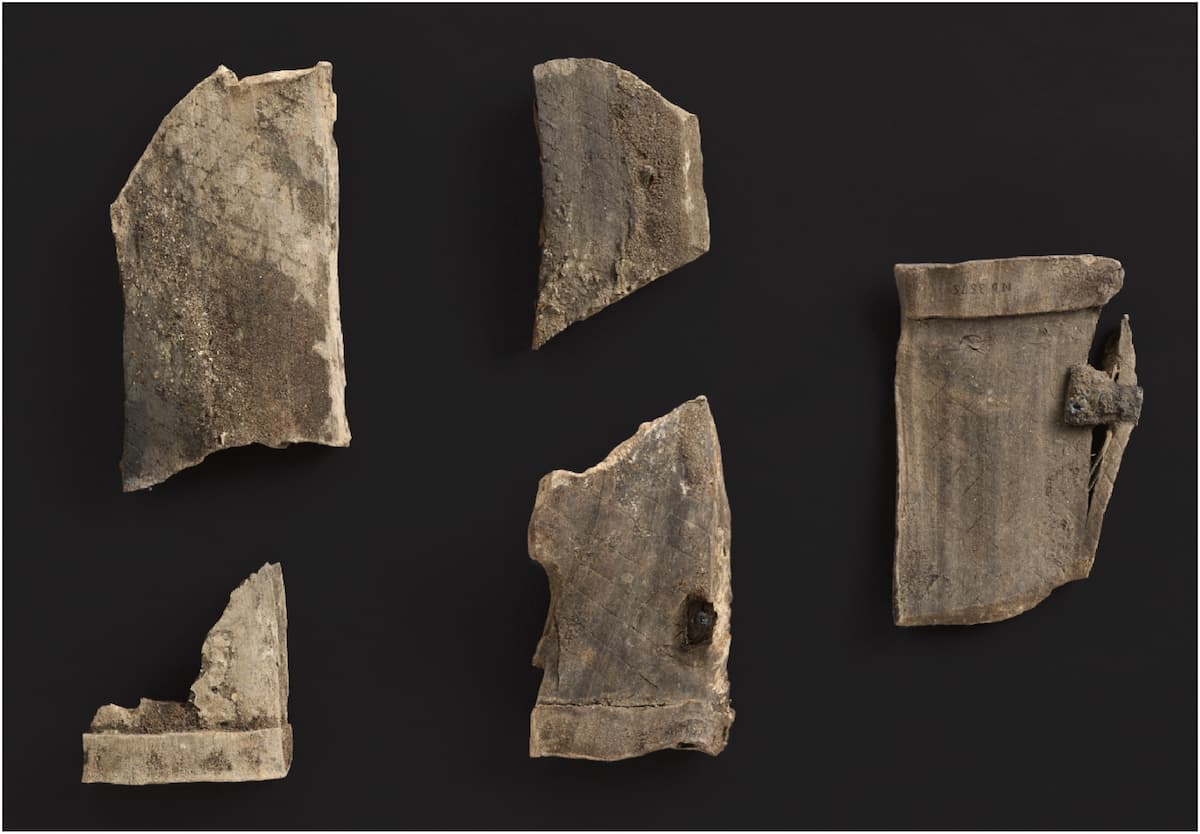
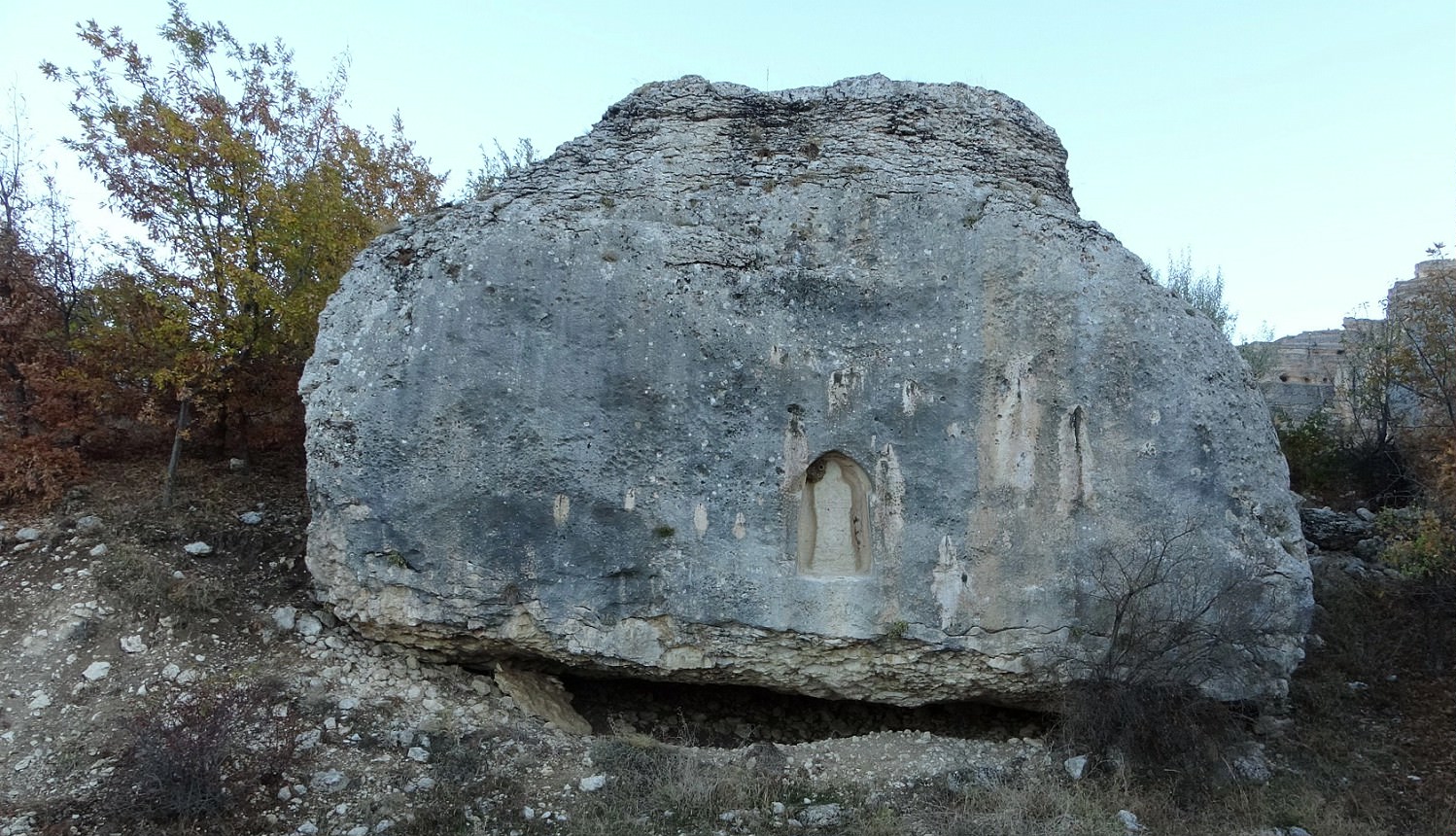
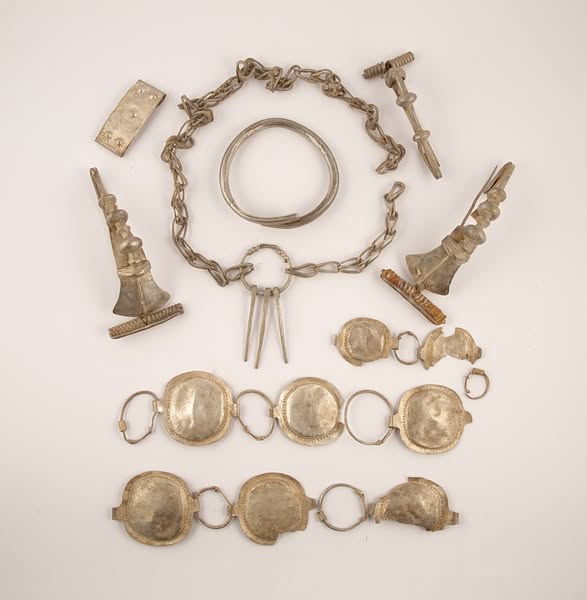

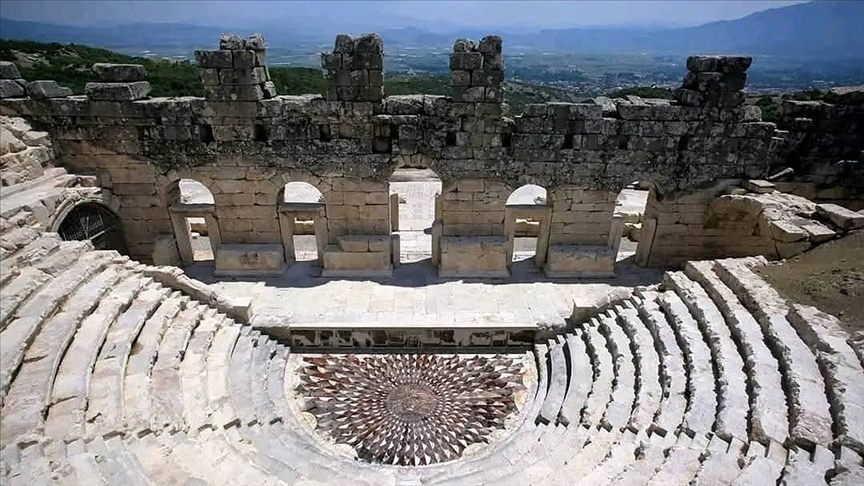
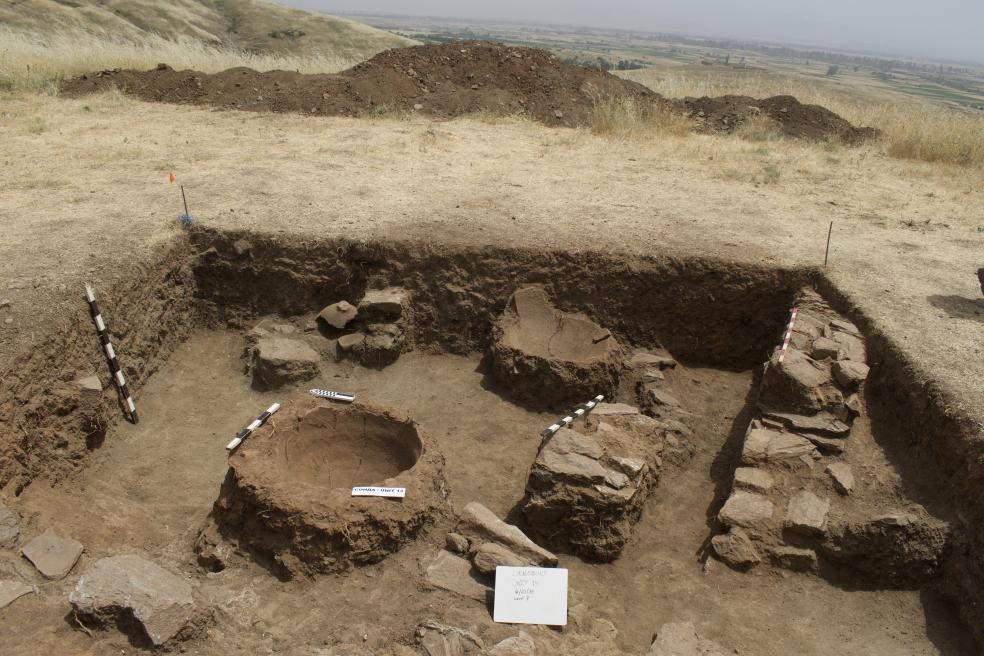
Leave a Reply